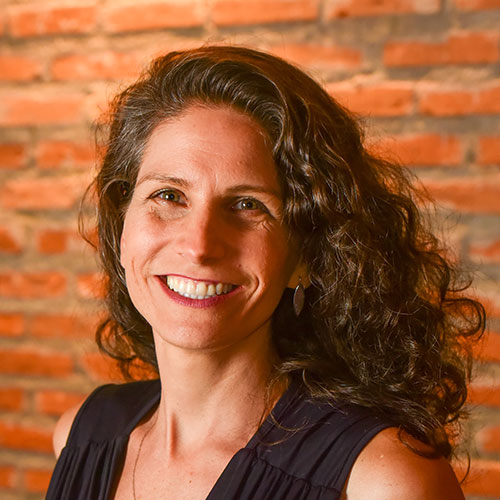Cia Ballet de Cegos has been fulfilling the dream of male and female dancers for 28 years in São Paulo
Award-winning ballet company has an innovative methodology for the visually impaired, taking boys and girls to performances at the main dance festivals in the country and abroad.
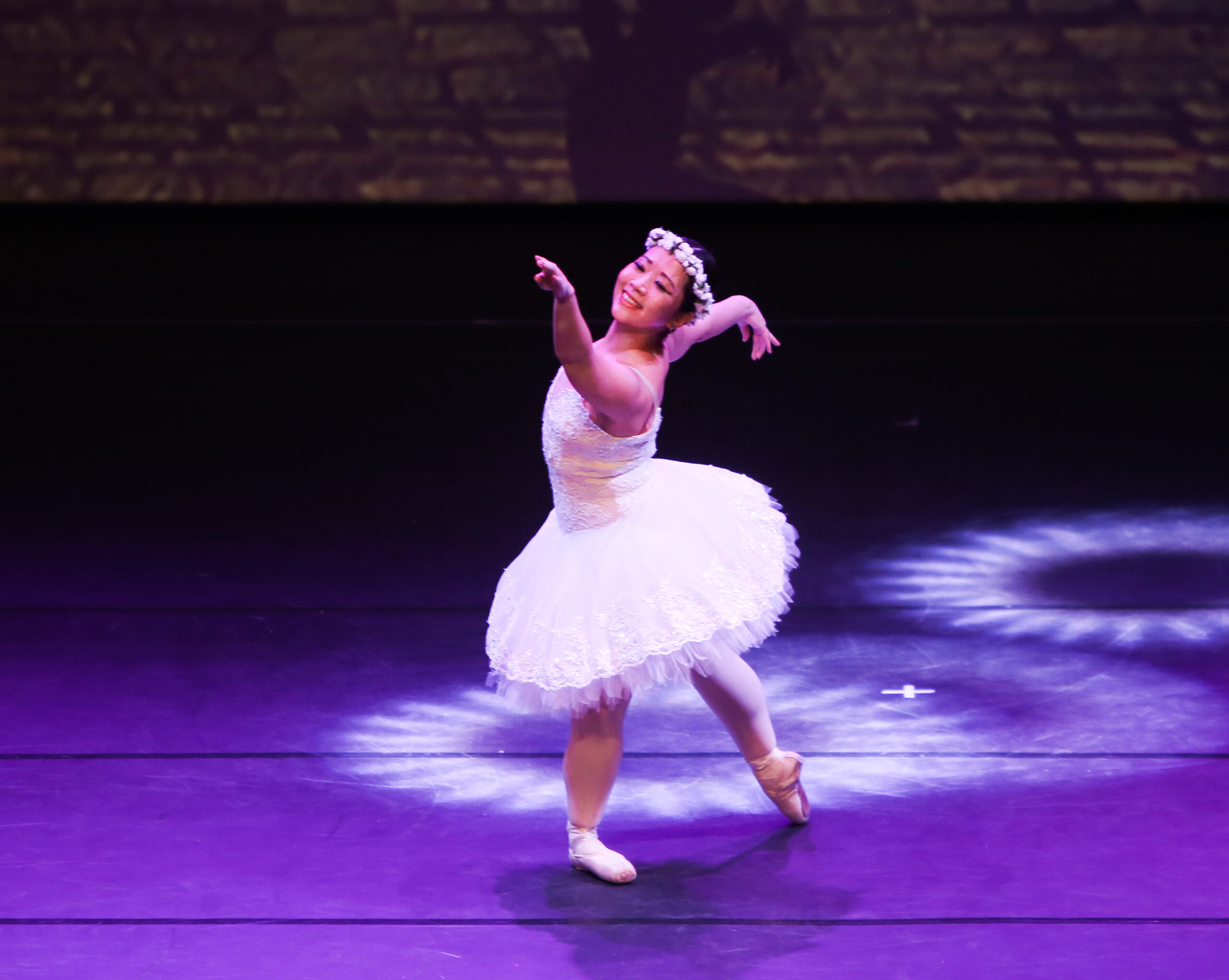

Fernanda Bianchini is a mother, physiotherapist, and ballet teacher. Among her female and male students are visually impaired individuals who learn to dance through touch. Teaching ballet through bodily perception is what makes her dedication so virtuous. During her 28 years of voluntary work to raise body awareness among those who cannot see, Fernanda has paved paths she never even envisioned before.
With an innovative teaching technique, she guides blind boys and girls to dance with such excellence that their performances transcend the limitations imposed by their disability, appearing on the most prominent dance stages both domestically and internationally. How did she manage to achieve this? “I was always an average dancer, and when they reached my level of technique and knowledge, I hired instructors better than myself,” she explains.
Among the instructors are Márcia Bueno, Daniela Sanches, Charles Santana, Priscilla Yokoi, Vinicius Longuinho, Carolina Barreto, and Luma Preto. The artistic coordinator is César Albuquerque. All of them are renowned professionals in classical dance. “Today, our male and female dancers are performing repertoire ballets, and many are dancing internationally,” Fernanda proudly recounts.

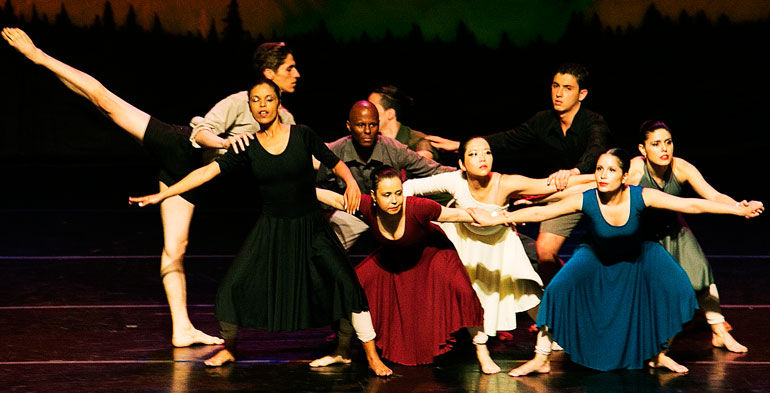

Cia Ballet de Cegos. Image: reproduction.


How to teach ballet to blind people
Fernanda recalls that when she first started teaching ballet to blind children, she was expecting the girls to be ready to dance, wearing ballet shoes, hair tied back, and wearing tights. However, to her surprise, they were barefoot, with their hair down, and wearing jeans. The girls then asked three questions: what is ballet, who are you, and where are you?
“When the girls began to touch me and feel me, I finally realized: those girls weren’t seeing me!” Fernanda remembers. She had to step into the world of visually impaired individuals, comprehend their limitations, challenges, and how they perceived the world, so that she could later introduce them to classical dance.
From this exchange of worlds, an innovative methodology for teaching ballet to visually impaired individuals emerged, where touch and bodily perception take center stage. “The entire process begins with the question of what the body is capable of doing in a certain amount of space. What do I do with my right foot, left foot, both arms? Only after this body awareness work do I start teaching the first ballet steps,” she explains.
The children touch her body, feeling the movement, and then replicate it in their own bodies. Arms are taught through the imagery of palm leaves, jumps are taught with them lying on the ground. And thus, learning takes place. The methodology developed by Fernanda became the subject of her master’s research in 2005, and it was patented and published in a book in 2011.
“My master’s degree was in Disturbances and Development, which is when you take advantage of the potential of human beings, enhancing their abilities and not looking for what you don’t have. For example, putting pointe shoes on a wheelchair user is a utopia, but why not on a visually impaired person?”, she reflects.


Cia Ballet de Cegos
A Cia de Ballet para Cegos (Ballet Company for the Blind in english) is globally recognized, having received numerous national and international awards. The company is part of the Fernanda Bianchini Association, which provides free instruction to 450 students ranging in age from three year olds to the elderly. The courses offered include classical ballet, tap dance, ballroom dance, body expression, belly dance, hip hop, yoga, rehabilitation, pilates, music education, and theater.
“A grandmother once brought a child who couldn’t walk or speak and asked to include her in ballet classes. I couldn’t say no, so Júlia was included, and the association hasn’t stopped growing since,” she recalls. Today, the association includes the Companhia de Dança Sobre Rodas (Wheelchair Dance Company), Companhia de Dança do Ventre (Belly Dance Company) and Companhia de Teatro (Theater Company), among others, with a team of 25 teachers and over 100 volunteers.
Many professional companies comprised of typical individuals also invite Fernanda Bianchini to teach what she calls “dance from within,” where she instructs sighted dancers to perform movements while blindfolded. The next challenge is to build their own headquarters. To achieve this, the association is launching a major fundraising campaign.
“We believe in art, in the power to turn tears into smiles, to put the students on stage as protagonists of their own stories, where they are applauded for the beautiful art they create and not for their disabilities,” Fernanda passionately advocates.


Volunteer work
Fernanda began dancing ballet at a young age. She was 15 years old when she was invited by the Instituto de Cegos Padre Chico (Padre Chico Institute for the Blind) in São Paulo to teach ballet to children. “I used to visit the center while accompanying my parents in their volunteer work, and one day, one of the sisters said, ‘You have such a graceful posture, would you like to come and teach ballet to the children at the Institute?'” she recalls.
“I thought: ballet?! I’ve never taught before, I’ve always been an average dancer… My parents wisely said, ‘Never say no to a challenge, because it’s from them that the greatest lessons in our lives come,'” she continues.
And so began a journey that continues to this day: “Those words became a part of my life, my heart. It’s this volunteer work that often makes me close my eyes of vision, which can be extremely prejudiced, to open the eyes of my heart and see the world as more beautiful, with more meaning,” she says with a smile on her face.
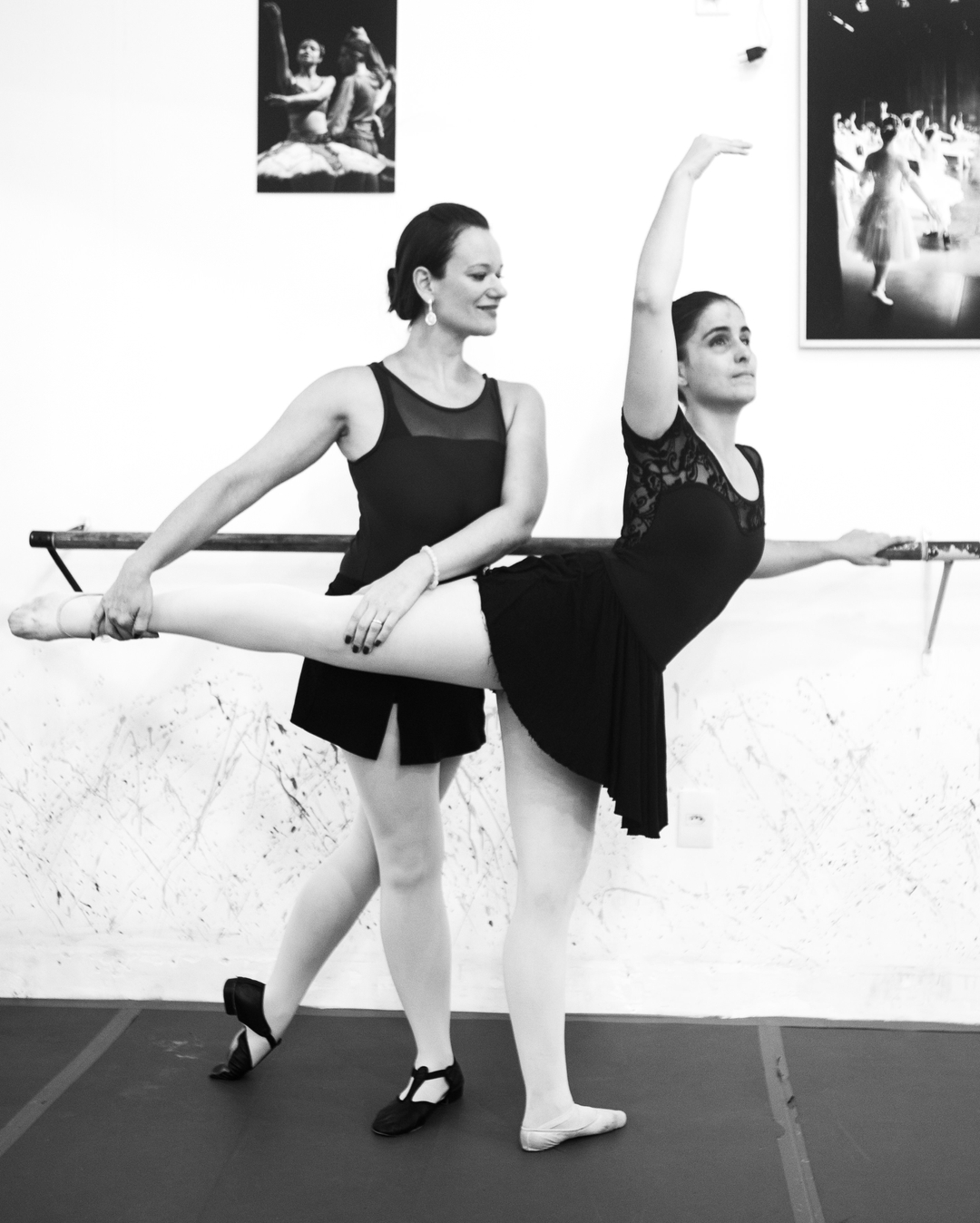

“Dream and determination”
The Cia Ballet para Cegos was recently at the Joinville Dance Festival. Giovanna Zuttion, 24, was one of the dancers present. A member of the association since she was six years old, Giovanna learned classical and neoclassical ballet. I ask her how she can dance without the markings on the stage.
“Ballet for the visually impaired involves touch, speech, counting, music, and choreography. One person counts, another calls out when it’s time to form a line or a circle… everyone helps each other. Backstage, the instructors also provide guidance. ‘Move more to the right, more to the left, lean your body forward, lean it back.’ It’s all guided,” she explains.
For Giovanna, her greatest challenge isn’t her disability, but rather how she expresses herself: “I won’t say I’m shy, but I’m a bit reserved, and that hinders communication and choreography. Sometimes, I also don’t pay attention to arm movements. But I can overcome that, just like anyone else, whether they can see or not,” she says.
She has already performed a Pas-de-Deux [a dance duet in which two dancers perform ballet steps together] at her graduation and is now working hard to dance en pointe again. Her big dream is to perform a solo variation on pointe, with a choreography from Coppélia. According to Fernanda Bianchini, it’s dreams and determination like Giovanna’s that drive the association forward.
“At the beginning, we wanted to take the company to festivals, but they wouldn’t accept blind dancers. Today, we’re in the biggest dance festival in Brazil, and it was so beautiful! The girls and boys were shining, they were simply fantastic. Everything was synchronized, technically stunning. People came from other cities just to watch them dance. They are already an inspiration to many,” Fernanda becomes emotional as she speaks.


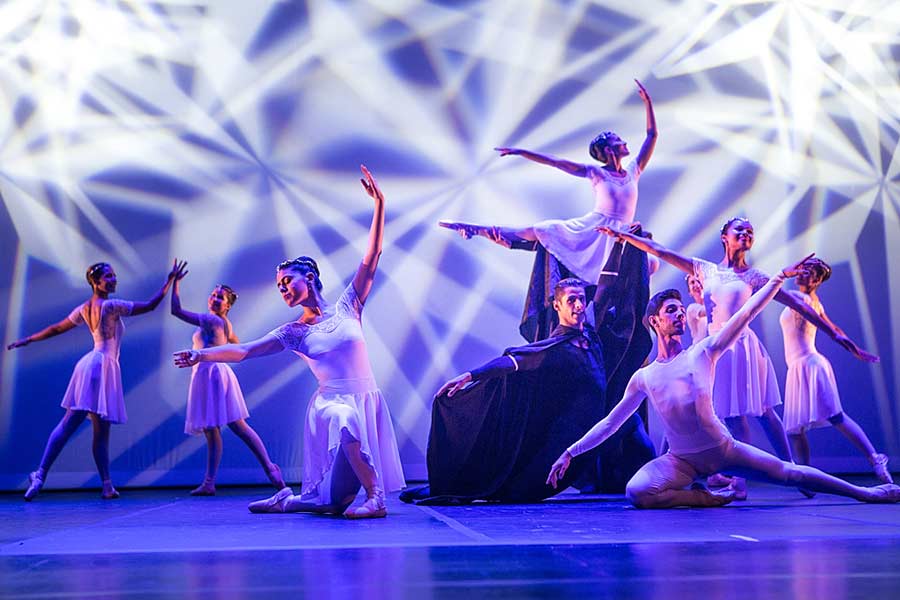

Want to support this cause?
The Fernanda Bianchini Association is running a large fundraising campaign to build its own headquarters. To collaborate, donate here! It is also possible to adopt an artist!
For more information, visit the association’s website and follow the social networks on Facebook, Instagram and Linkedin.
